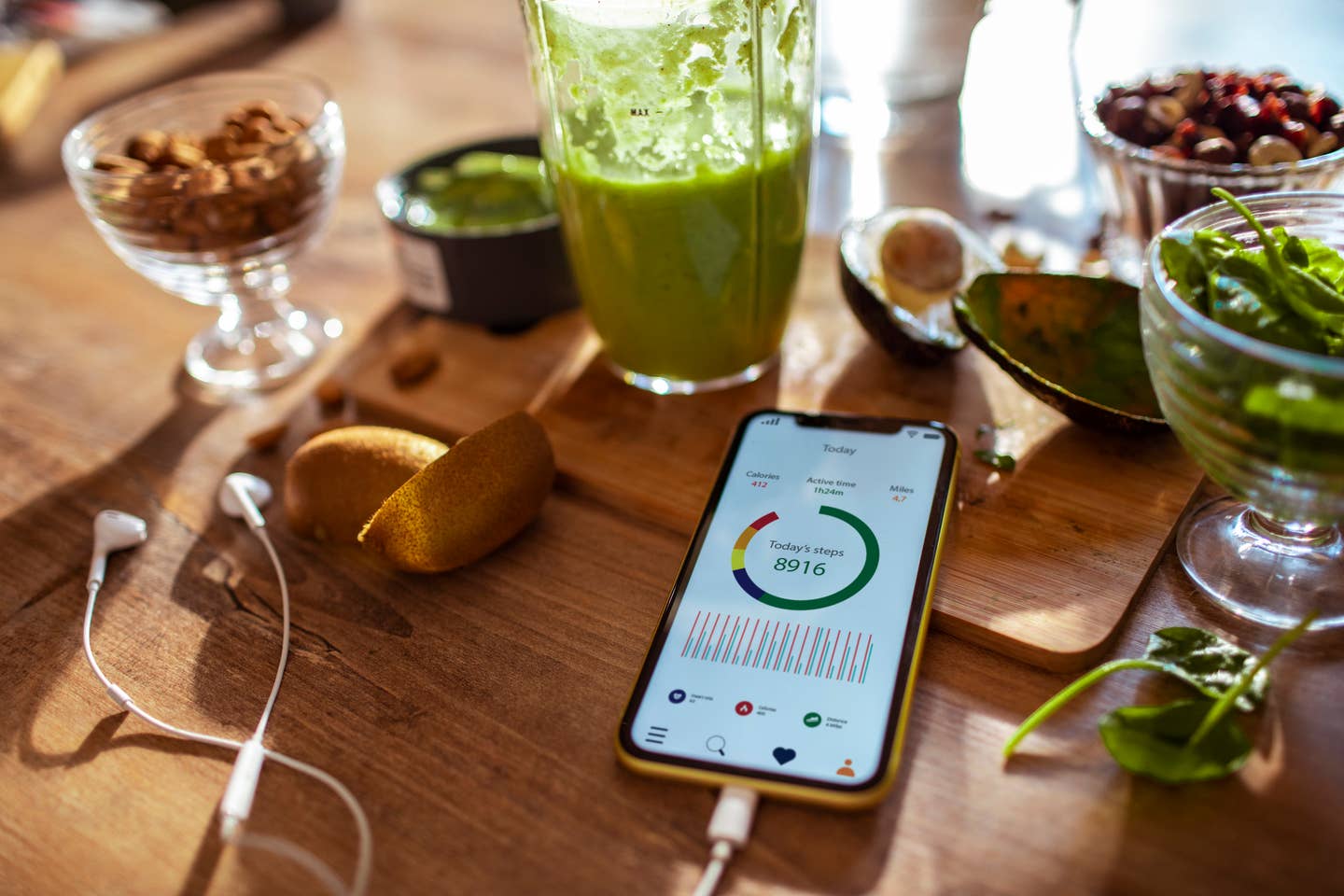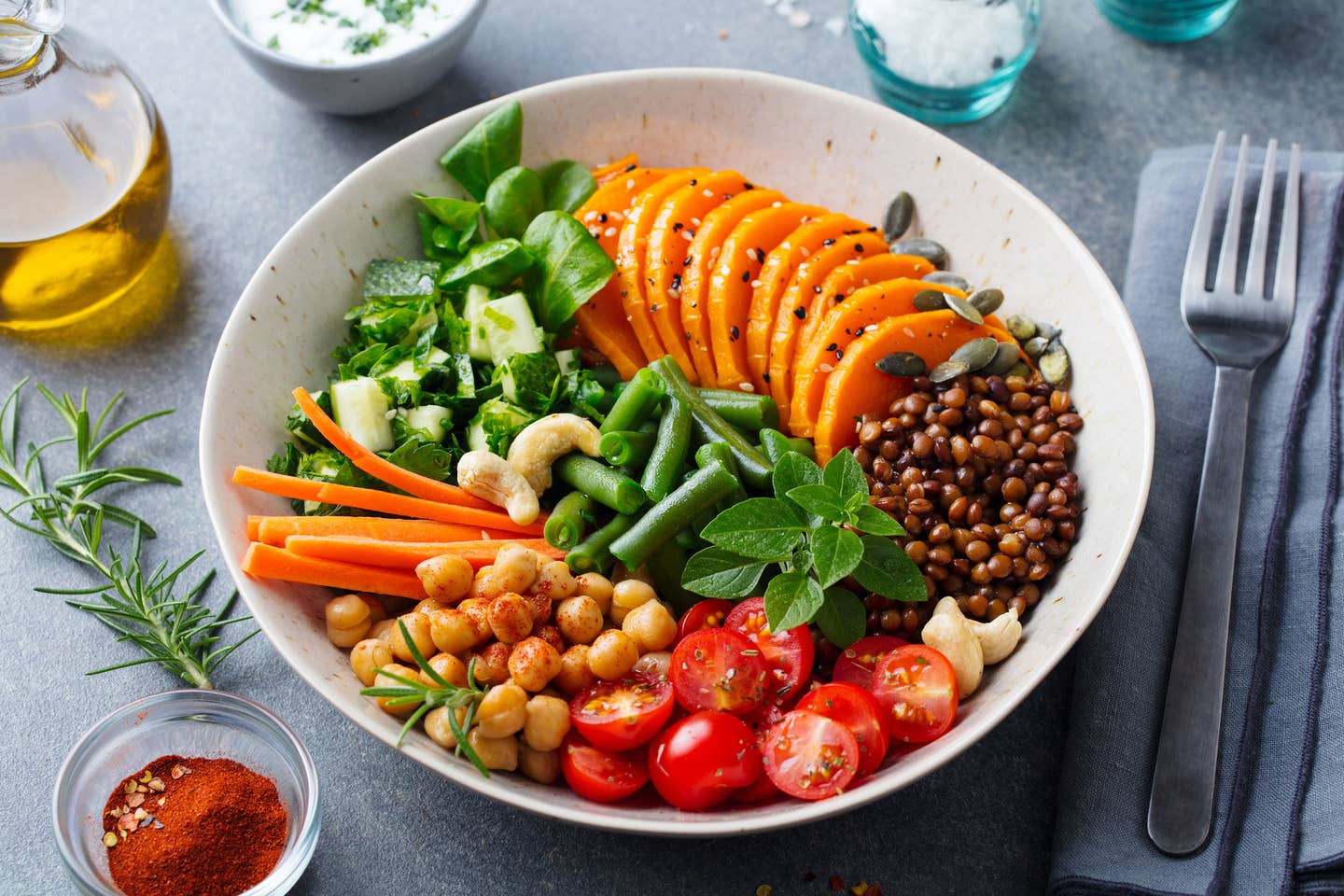
6 Easy Ways to Lose Weight While Following a Plant-Based Diet
As a New York City-based Registered Dietician, I work with many athletes and others who come to me because they want to lose weight, and they are interested in knowing the best way to do it that is healthy, safe and allows them to train for their next event and have the energy and strength to perform at their optimal best.
My mission is to help everyday athletes fuel their fitness with plants. I truly believe that everyone can benefit from eating more plants, especially those who are serious about their sport. Whether you’re running a marathon, attempting your first 5k or spinning every other day, you will benefit from incorporating sports nutrition principles into your routine. My goal is to teach you how to use science-based sports nutrition techniques to feel and perform at your best.
Plant-based eating is a sustainable way to lose weight without following a crazy diet that's not viable in the long run. Ginger Hultin, MS, RDN, a spokesperson for the Academy of Nutrition and Dietetics and owner of ChampagneNutrition, says, “Plant-based diets –– vegetarian and vegan, specifically –– have good research behind them that they can help manage weight, and they are associated with lower BMI (body mass index).”
But not everyone who goes on a meatless, dairy-free vegan diet will automatically lose weight. After all, there are plenty of vegan candies, ice creams, and cookies. You still have to be smart about the foods you eat on a plant-based diet in order to drop a few pounds. These simple tips will help guide you on your plant-based weight loss journey. Here's how to lose weight while eating a plant-based diet.
How to Lose Weight on a Plant-Based Diet
1. Eat Protein at Every Meal
Protein is known for its role in regulating hunger and controlling appetite. Research suggests that eating protein may tell the gastrointestinal tract that it should release certain appetite-regulating hormones. For those new to plant-based eating, it’s easy to fall into the trap of overconsuming carbs and under consuming protein.
This is especially true at breakfast and snack time, which are generally full of carb-heavy foods, like cereal, toast, chips, or crackers. “Make sure to meet your protein needs through soy foods, beans, and lentils, as well as nuts and seeds,” says Hultin. At breakfast, include soy foods, like tofu or soy milk. Rely on protein-rich snacks, like roasted chickpeas, nuts, or chia seed pudding.
2. Count Calories Correctly
Calories aren’t the only thing that matters when it comes to weight loss. As a matter of fact, you should definitely eat some higher calories foods, like nuts, seeds, and avocados (see tip number five ). But if you’re eating more calories than you’re burning off, the body will store those calories as fat. That doesn’t mean you need to obsess over calories, but do pay attention to them, especially in packaged foods.
The serving sizes of processed foods are often smaller than most people eat in one sitting, and those calories can really add up. If you really want to become familiar with the calories in the foods you’re eating, use an app to track your intake for three to seven days. This will help you recognize which foods and drinks may be contributing the most calories to your plate.
3. Fill Your Plate With Veggies
“When moving to a plant-based diet, make sure to focus on eating lots of fruits and veggies,” says Hultin. “Half your plate at meals should be veggies, actually, whether you're plant-based or omnivorous” she adds. Not only are fruits and vegetables lower in calories than other foods, but they are also rich in fiber, which takes a long time to digest and contributes to overall satiety. That means you’ll feel fuller longer after eating fiber-rich foods, and you’ll be less likely to overeat later in the day.
As an added bonus, fruits and vegetables are also rich in vitamins, minerals, and antioxidants, which “can also help reduce certain types of cancer and improve both blood sugar and some cardiovascular markers,” says Hultin.
4. Limit Added Sugar
Unfortunately added sugar is in most packaged foods. The top sources of added sugar in the American diet come from soft drinks, flavored yogurts, cereals, cookies, cakes, candy, and most processed foods. Not only does eating more than the recommended 150 calories of added sugar per day cause weight gain, but research has linked added sugar intake to an increased risk of death from heart disease.
The best way to limit added sugar intake is to eat a whole food plant-based diet and read the nutrition labels. Some foods have natural sugar, which is perfectly fine to have but look for the “added sugar” line on the nutrition facts label. If it’s more than 5-6 grams, consider that food a once-in-a-while treat.
5. Sprinkle in Healthy Fats
Although fats have more calories per gram than carbs and protein (9 calories per gram versus 4 calories per gram), they do play a role in a healthy weight loss plan. A study of healthy young adults showed that regularly consuming foods that contain polyunsaturated fats like walnuts, may be associated with favorable responses in appetite-regulating hormones. In other words, eating “good” unsaturated fats helps keep you feeling full, which is a necessary component of weight loss.
6. Exercise, Sleep, and Hydrate
Although weight loss is primarily linked to diet, it’s also important to pay attention to exercise, sleep, and hydration habits. Make it a priority to get at least 30 minutes of moderate to vigorous activity each day, as well as 7-8 hours of sleep per night.
Sleep deprivation is linked to greater chances of being overweight. Some people reach for food when they are dehydrated. Drink plenty of water to stay hydrated throughout the day to avoid falling into this trap.
Bottom Line: A Plant-Based Diet is Great for Sustaining a Healthy Weight
For more research-backed content, visit The Beet's Health & Nutrition articles.
More From The Beet






